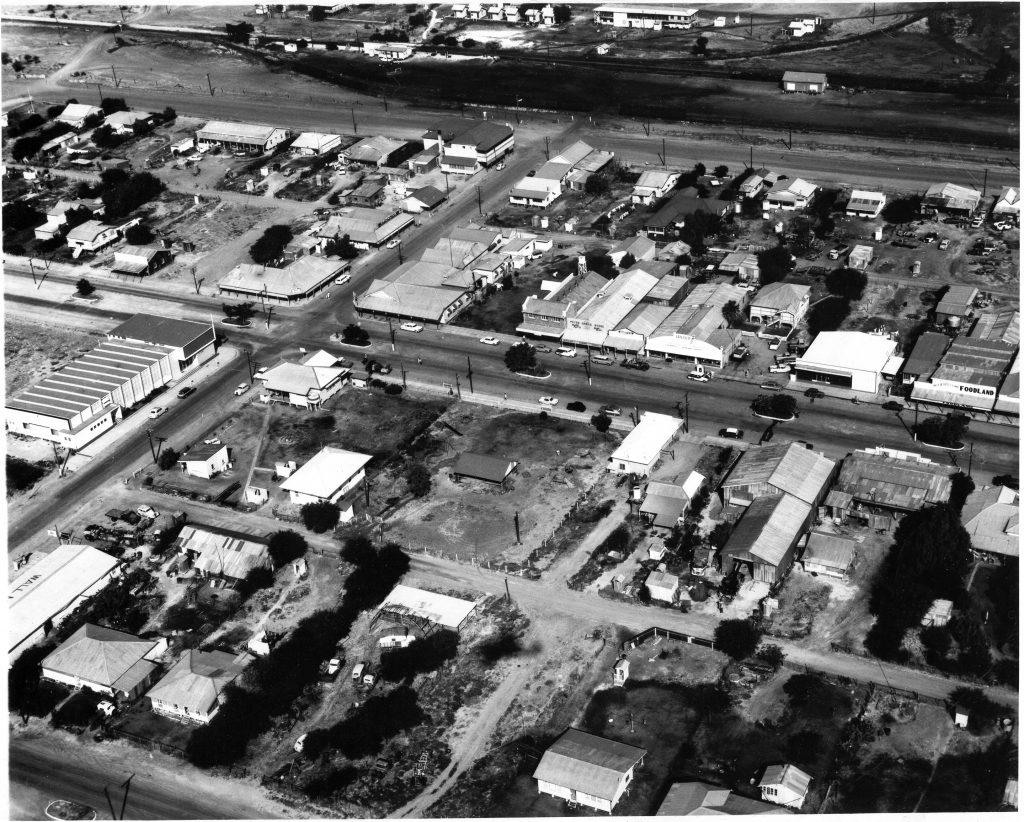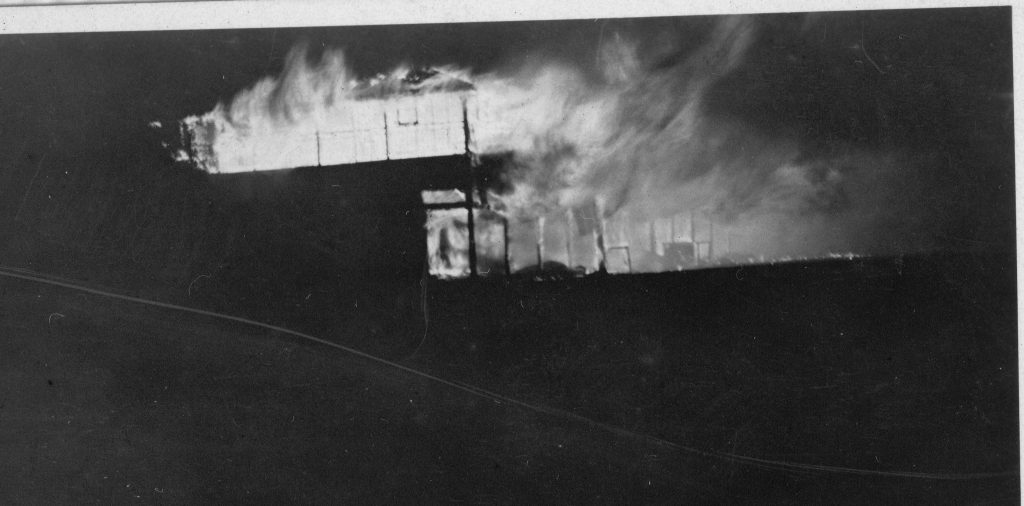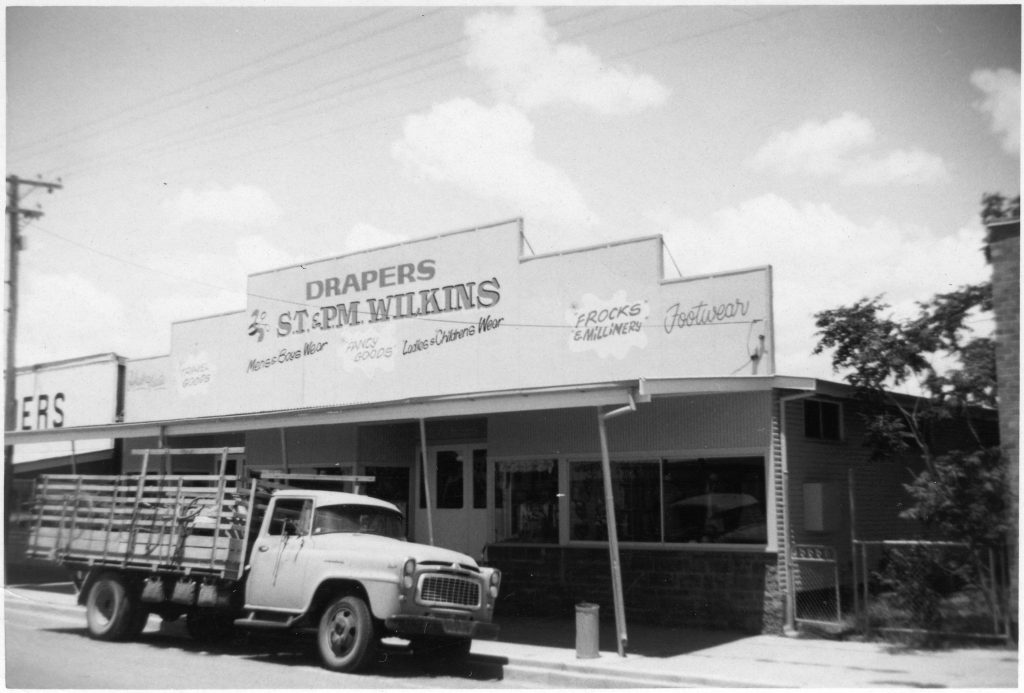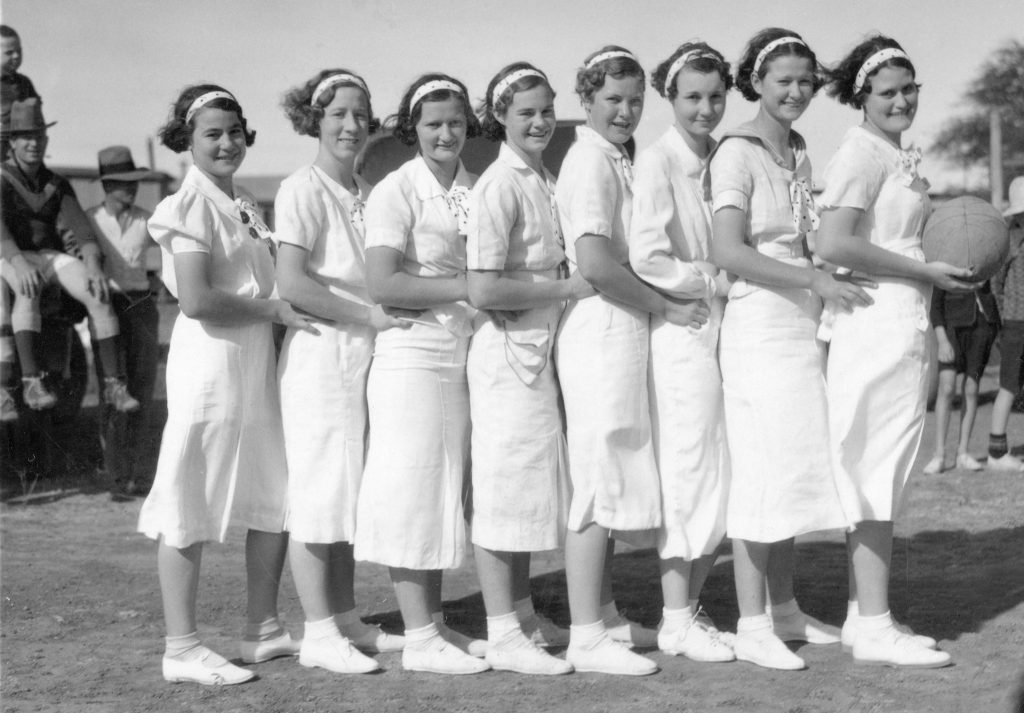Our History
In 1859, Queensland became a separate colony from New South Wales. At the time there were approximately 30,000 people in the colony, most of those were in the South-East corner, with the most Northern settlement being Rockhampton.
The newly created Queensland Government began opening up the land for settlement, sparking what has been identified as Australia’s most intense land rush.
By 1861 two explorers had come through to the Julia Creek region. McKinlay came up the Diamantina River in search of Burke and Wills, travelling to the east of Julia Creek, and Landsborough had travelled along the Flinders River, reporting on good pastoral land. By 1862 Donald and Duncan (whom our Dunnarts have been named after) McIntyre had taken up Dalgonally Station near Julia Creek, and brought their first herd of cattle up from Coopers Creek.
Water for stock was an issue until the first artesian bore was put down in 1884. After this, the land became more sustainable for stocking cattle, which were then taken to market south to Adelaide. Burketown was then established as a port.
Two major economic activities opened up North Queensland, pastoralism and mining. Copper was discovered near Cloncurry by Ernest Henry in 1867, with mining being underway in the following decade. While the pastoralists had been lobbying for a railway for many years, the mineral discovery was really the catalyst for the railway from Townsville. It had commenced in the 1870’s to Charters Towers, then continued onto Hughenden reaching there by 1887. The next section wasn’t approved until 1900, actually reaching Richmond in 1904. Then it was onto Julia Creek with the first official train arriving on 29th February 1908. The railway then continued to Cloncurry, which became the terminus for many years.
Julia Creek didn’t exist prior to the railway but was established as a maintenance town for the railway line. Fettlers were settled in little cottages (some of which are located at the Visitor Information Centre) within working distance to the tracks, and steam trains required a considerable amount of water. So a bore had to be put down in 1907 and more men to operate and maintain the water supply as well as the railway line and facilities.
History hasn’t given a clear reason as to why the location of Julia Creek was chosen. Logically, the railway was surveyed in a straight line from Richmond and it would be cheaper to establish a new settlement on that line, rather than to veer. Although the land looks flat, there are minor rises and Julia Creek township is settled on a rise in relation to the creek. It’s likely that the surveyors selected a slightly higher site to avoid wet season flooding. The town was surveyed in July 1907 and renamed Julia Creek in August that same year. (It’s alleged that the town was named Julia after the McKinlay brothers niece). The town plan was a simple rectangular grid, with the main street adjacent to, and facing the railway line.
Goldring Street, next to the railway, was originally the main street where all the pubs and shops were located. By 1920, there were four food shops, a chemist, an accountant, a solicitor, tailor, three garages, three cafes, two hotels, two market gardeners, a blacksmith and a one room school. The railway yards include a large goods shed (still standing) railway station, station masters house and a large water tank for locomotives. Community activity flourished in the 1920’s – the first picture theatre was built, the Country Women’s Association, Masonic Lodge, Boy Scouts, Anglican and Catholic Churches and the wool scour was relocated to Julia Creek from Toorak Station in 1924. Although the 1920’s provided growth for the town, Health services were provided by only one Bush Nurse and a rail ambulance that could be brought into quick service. However in 1928, the Royal Flying Doctor Service commenced at Cloncurry with the first call out being to Julia Creek.
By 1930, changes were beginning to occur, with the main street changing to Burke Street. The 1907 town survey was amended with an area facing Burke Street being surrendered to the Crown. There had been no government reserve identified in the original survey, which was relatively common in Queensland, as many proposed towns had not flourished and there seemed to be an unwritten policy of waiting to see the level of development prior to utilising government resources. The McKinlay Shire Council moved to Julia Creek from McKinlay and the post office was relocated to Burke Street. A steady flow of businesses were established after this.






























